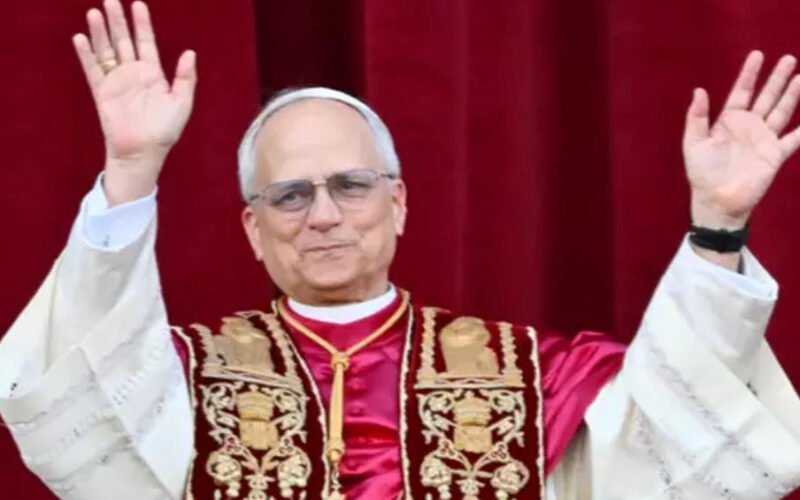Pope Leo XIV is the first American in history to become the head of the Roman Catholic Church.
The late Pope Francis’ successor has formally been chosen by the papal conclave after its highly secretive meeting from the Sistine Chapel came to an end just two days into the election process.
As white smoke rose from the Sistine Chapel earlier today (Thursday, May 8), signaling a decision had been made, Vatican officials stepped onto the balcony of St. Peter’s Basilica to announce that Cardinal Robert Francis Prevost had accepted his election as the 267th pope—taking the name Pope Leo XIV.
Here’s what we know about the newly elected pontiff…

At 69, Pope Leo XIV is considered relatively young for a pontiff—and he’s made history as the first American to hold the position. Born near Dolton, Illinois, in the Chicago area, his election has even been celebrated by former President Donald Trump, who called it “such an honor.”
Despite his American roots, much of Leo’s life was spent in Peru during the 1980s and 1990s after his ordination in 1982, according to Newsweek.
He earned a doctorate in canon law from the Pontifical College of St. Thomas Aquinas in Rome and went on to become a naturalized Peruvian citizen. His clerical work in Peru included roles as a parish priest, diocesan official, seminary teacher, and administrator.
Fluent in both Spanish and Italian, he served as Bishop of Chiclayo from 2015 to 2023, before being elevated to cardinal—a key step on the path to the papacy.
A trusted ally of Pope Francis, Leo was appointed to two key Vatican roles by the former pontiff—first as the apostolic administrator of the Diocese of Callao, Peru, in 2020, and later as Prefect of the Dicastery for Bishops in 2023. That office oversees the selection of bishops around the globe, placing Leo in one of the most influential positions within the Church hierarchy.
These roles made him a natural and well-prepared choice for the papal conclave that convened this week.
While Pope Francis was known for his progressive approach, Pope Leo XIV is viewed as a centrist.
“He represents the dignified middle of the road,” said Rev. Michele Falcone of the Order of St. Augustine in an interview with The New York Times.

Pope Leo XIV follows a tradition of popes who have chosen the name “Leo,” which ranks as the fifth-most-popular papal name, according to ABC News. Notably, Pope Leo XIII, who served from 1878 until his death in 1903, is remembered as a foundational figure in Catholic social justice.
In his first public address from the balcony of St. Peter’s Basilica, the new pope greeted the crowd with a simple yet powerful message: “Peace be with you.”
International development charity CAFOD has praised Pope Leo as “a voice of wisdom in a fractured and divided world,” highlighting his missionary work in Peru. They noted his commitment to bringing “the vital perspective of the global south” into his papacy and elevating “voices from the margins to center stage.”
Pope Leo has emphasized his dedication to serving the Church and the vulnerable, stating in an interview with Vatican News last year: “The bishop is not supposed to be a little prince sitting in his kingdom, but rather called authentically to be humble, to be close to the people he serves, to walk with them, to suffer with them.”







